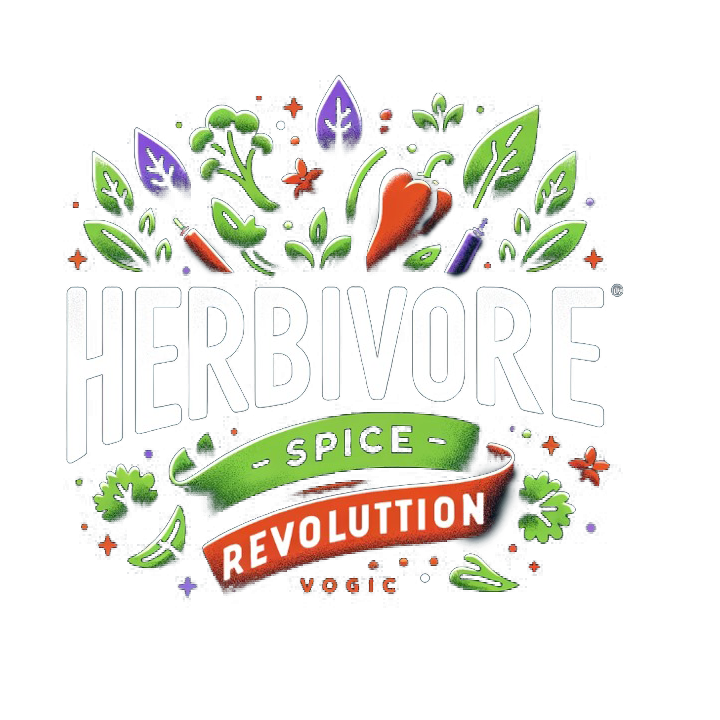Bay Leaf (Dried)
“Soups, broths, and stocks Stews, curries, and braised meats Rice dishes (e.g., biryani, pilaf) Sauces, gravies, and tomato-based dishes Marinades and pickling blends”
“Dried bay leaves are aromatic and slightly bitter, with warm notes of pine, clove, and pepper. When simmered, they release complex herbal oils that elevate savory dishes with depth and earthiness. Unlike fresh leaves, dried bay leaves have a more concentrated flavor and are commonly removed before serving.
”
Thyme
Rosemary
Oregano
Black pepper
Garlic
Cloves
Origin / History:
Bay leaves come from the Laurus nobilis tree, native to the Mediterranean region. In ancient Greece and Rome, bay was a symbol of wisdom and victory — famously used to crown poets and warriors. Today, dried bay leaves are a pantry essential around the world, used in European, Middle Eastern, Indian, and Latin American cooking. Just one or two leaves can infuse an entire pot with fragrant, savory flavor.
Would you like me to continue with Cinnamon next, or is there a specific spice you want right now?
Here is the image of dried bay leaves:
📸 [Download Bay Leaf Image](sandbox:/mnt/data/A_photograph_showcases_dried_bay_leaves_(Laurus_no.png)
Let me know the next spice you’d like info and an image for!
Bay leaves come from the Laurus nobilis tree, native to the Mediterranean region. In ancient Greece and Rome, bay was a symbol of wisdom and victory — famously used to crown poets and warriors. Today, dried bay leaves are a pantry essential around the world, used in European, Middle Eastern, Indian, and Latin American cooking. Just one or two leaves can infuse an entire pot with fragrant, savory flavor.
$4.99 – $9.99Price range: $4.99 through $9.99
Customer Reviews
Online Sports Nutrition and Natural Dietetics.
Chances are there wasn't collaboration, communication, and checkpoints, there wasn't a process agreed upon or specified with the granularity required. It's content strategy gone awry right from the start. Forswearing the use of Lorem Ipsum wouldn't have helped, won't help now. It's like saying you're a bad designer, use less bold text, don't use italics in every other paragraph. True enough, but that's not all that it takes to get things back on track.
The villagers are out there with a vengeance to get that Frankenstein
You made all the required mock ups for commissioned layout, got all the approvals, built a tested code base or had them built, you decided on a content management system, got a license for it or adapted:
- The toppings you may chose for that TV dinner pizza slice when you forgot to shop for foods, the paint you may slap on your face to impress the new boss is your business.
- But what about your daily bread? Design comps, layouts, wireframes—will your clients accept that you go about things the facile way?
- Authorities in our business will tell in no uncertain terms that Lorem Ipsum is that huge, huge no no to forswear forever.
- Not so fast, I'd say, there are some redeeming factors in favor of greeking text, as its use is merely the symptom of a worse problem to take into consideration.
- Websites in professional use templating systems.
- Commercial publishing platforms and content management systems ensure that you can show different text, different data using the same template.
- When it's about controlling hundreds of articles, product pages for web shops, or user profiles in social networks, all of them potentially with different sizes, formats, rules for differing elements things can break, designs agreed upon can have unintended consequences and look much different than expected.
This is quite a problem to solve, but just doing without greeking text won't fix it. Using test items of real content and data in designs will help, but there's no guarantee that every oddity will be found and corrected. Do you want to be sure? Then a prototype or beta site with real content published from the real CMS is needed—but you’re not going that far until you go through an initial design cycle.



Reviews
Clear filtersThere are no reviews yet.